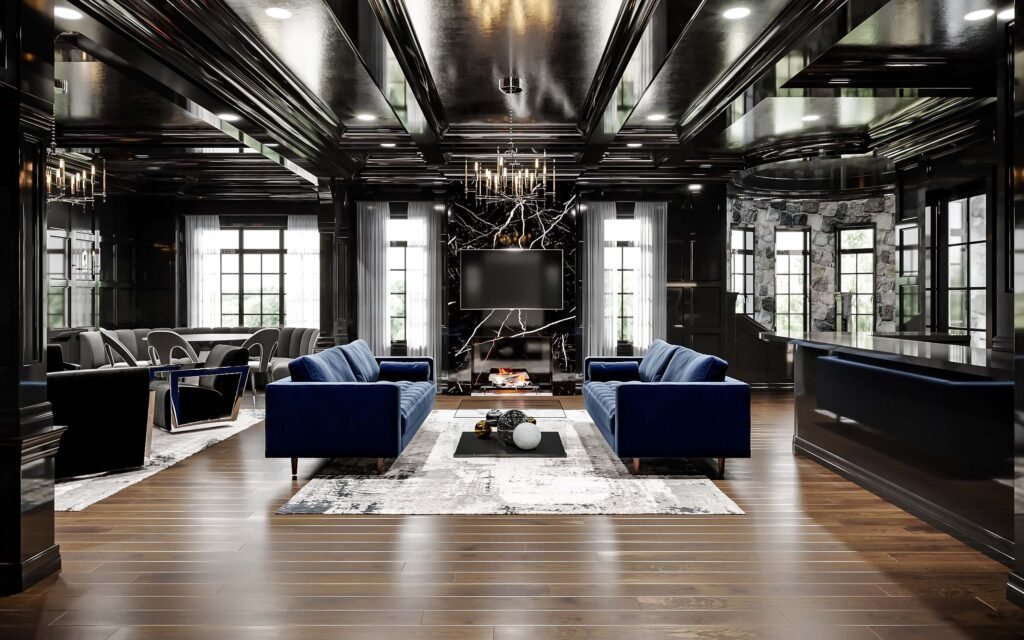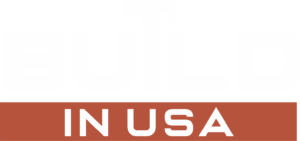Building a custom home is a dream come true for many, but the process can be costly. To make the most of your investment, it’s important to make smart decisions that add value without overspending. In this guide, we’ll explore practical, budget-friendly tips and investments that can enhance the value and appeal of your custom home—now and in the future.
Prioritize Your Budget Around Core Needs
Identify the essential aspects of your home that align with your vision and allocate your budget accordingly. Focusing on high-impact areas like kitchen upgrades, bathroom finishes, and quality materials in main living areas ensures you get the best return on investment.
- Tip: Make a list of “must-have” and “nice-to-have” features. By prioritizing core elements, you can avoid overspending on areas that don’t significantly affect your home’s value.
Choose a Timeless Design
Trendy designs can be appealing but may become dated over time. Opt for a classic and timeless aesthetic that will remain appealing and valuable in the long run. Consider neutral color palettes, simple lines, and versatile layouts to keep your home adaptable to changing styles.
- Tip: Go for timeless finishes like hardwood floors, marble countertops, and classic cabinetry. These choices tend to age well and make the home appealing to future buyers.
Invest in Energy Efficiency
Energy-efficient homes are increasingly popular, and they offer significant savings on utility bills. Investing in energy-efficient features like insulation, windows, and appliances will boost your home’s value and appeal to eco-conscious buyers.
- Tip: Incorporate smart thermostats, energy-efficient lighting, and high-efficiency HVAC systems. Solar panels are also a great long-term investment, especially in areas with ample sunlight.
Focus on Curb Appeal
First impressions are essential, so consider features that enhance your home’s exterior. Simple improvements like landscaping, a modern front door, and outdoor lighting can make a lasting impact on curb appeal and resale value.
- Tip: Invest in low-maintenance landscaping, like drought-resistant plants or native species, to create an attractive and easy-to-care-for yard that complements your home.
Include Flexible Spaces
Modern homeowners prioritize functionality and flexibility, so think about incorporating multipurpose rooms in your design. For example, a home office that can double as a guest room or a den that converts into a playroom adds versatility and appeal.
- Tip: Add built-in storage or furniture options that allow rooms to serve multiple purposes. Future homeowners will appreciate the flexibility of having spaces they can adapt to their unique needs.
Plan for Future Expansion
If your budget doesn’t allow for everything you want upfront, consider a phased approach to building. Plan your layout in a way that allows for future expansion, whether it’s adding a bedroom, finishing the basement, or extending outdoor areas.
- Tip: Work with your architect to design “growth-friendly” spaces. This might include setting up utility connections in advance or designing a layout that can be easily expanded without major renovations.
Conclusion
A custom home build is an opportunity to create a space that reflects your style and priorities while also maximizing your investment. By focusing on timeless design, energy efficiency, curb appeal, and future flexibility, you can enjoy your home now while adding value for years to come.



